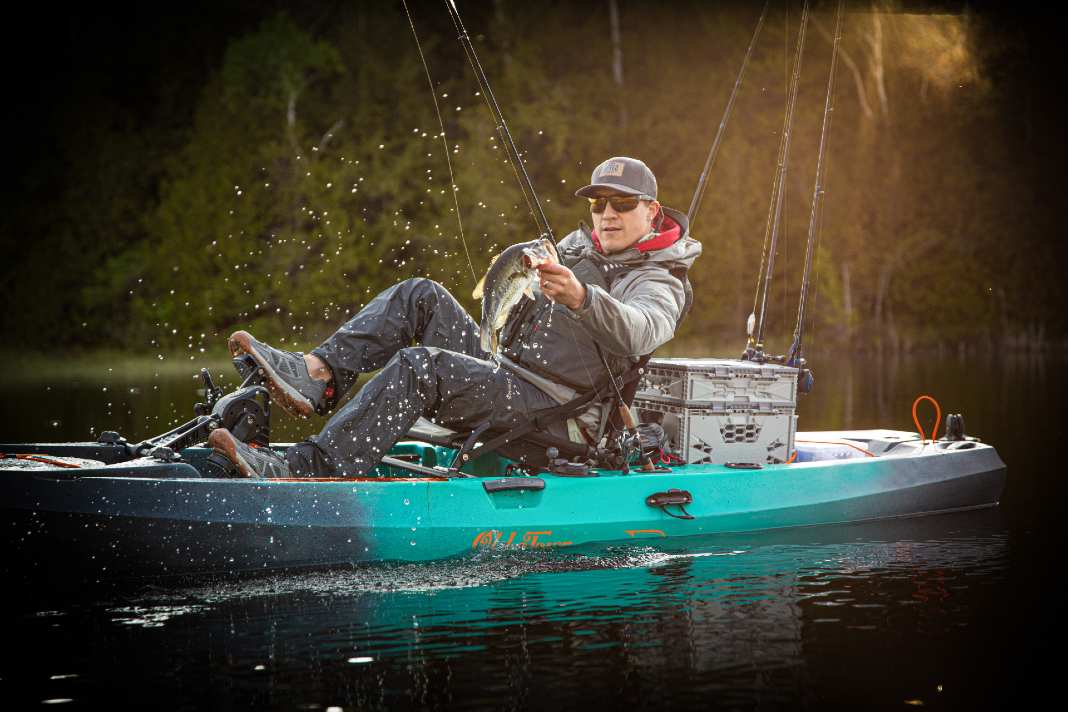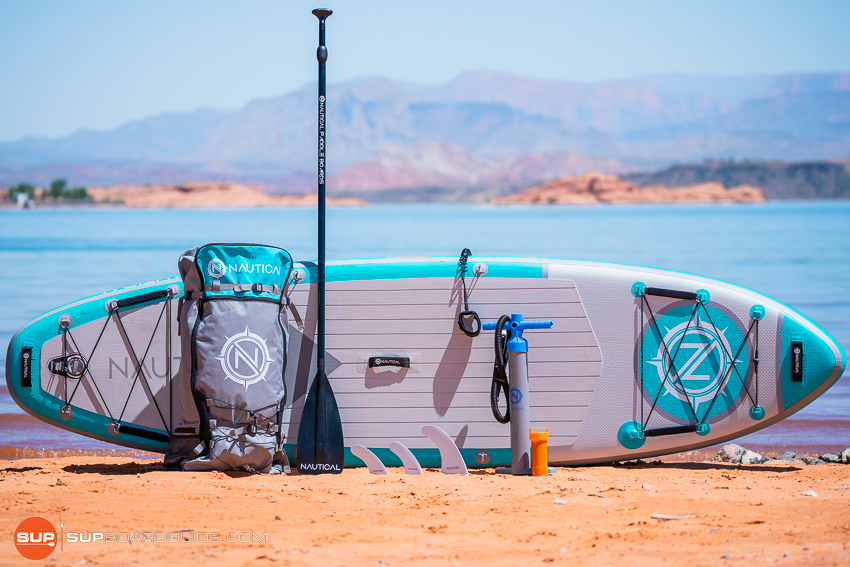
- Alabama
- Alaska
- Arizona
- Arkansas
- California
- Colorado
- Connecticut
- Delaware
- Florida
- Georgia
- Hawaii
- Idaho
- Illinois
- Indiana
- Iowa
- Kansas
- Kentucky
- Louisiana
- Maine
- Maryland
- Massachusetts
- Michigan
- Minnesota
- Mississippi
- Missouri
- Montana
- Nebraska
- Nevada
- New Hampshire
- New Jersey
- New Mexico
- New York
- North Carolina
- North Dakota
- Ohio
- Oklahoma
- Oregon
- Pennsylvania
- Rhode Island
- South Carolina
- South Dakota
- Tennessee
- Texas
- Utah
- Vermont
- Virginia
- Washington
- West Virginia
- Wisconsin
- Wyoming
The Different Parts Of A Paddle & Kayak Explained
The Different Parts Of A Paddle & Kayak Explained
In talking about kayaks with other kayakers, you may feel lost as a novice kayaker. Kayaks have many components that are unique to them, while other kayaking components are universal. The more you know about the kayak and paddle, the faster you will be able to learn since you will understand what experienced kayakers mean.
A kayak has several different parts, such as a bow, stern, hull, keel, deck, deck rigging, cockpit, skirt, seat, footrests, pedals, handles, rudders, skegs, and storage compartments. A kayak paddle consists of the shaft, blade, grips, and drip rings. Every kayak has different parts.
The study of kayak parts and paddles is not a pointless exercise, and instead, it provides a benefit to your kayaking that you wouldn't otherwise get without spending more time learning. We will describe the parts of a kayak and a paddle and provide relevant information about each component so that you understand what it does.
What Is The Meaning Of Knowing Kayak Parts And Paddle Parts?
You should become familiar with your equipment's terminology and components whenever you learn anything new.
There are several benefits to learning the activity or pastime.
- A kayak or paddle should have certain features. In the beginning, you may not know what the most essential elements to look out for in a kayak and paddle are. As a result, you may purchase kayaking equipment without the features you need or buy equipment with features you do not need.
- Paddle and kayak maintenance. You can determine which parts of your equipment require routine maintenance by understanding the components. You will extend the lifespan of your equipment this way.
- Learn what kayakers are saying. A great way to pick up information and learn from the experience of experienced kayakers is to listen to them talk. However, you may not understand the conversation if you do not know the terms for kayak parts or paddle parts.
Knowing the various components of a kayak and paddle is essential, so let's begin by familiarizing ourselves with them.
Parts Of A Kayak
As we describe each part of the kayak, we will begin with the components of a kayak. In some cases, specific details will only be relevant to some types of kayaks, and this is indicated in the product description.
Bow
It is the front part of the kayak that is called the bow. A bow is a term used for the front of a boat, including a kayak.
Kayak bows are also sometimes referred to as kayak noses, which is also a suitable term for this part of the craft.
To facilitate lowering resistance as a kayak moves through the water, the kayak's bow is generally more pointed than the rear.
Stern
The kayak's stern is its rear end, situated opposite its bow. Kayaks typically have a more extended and more tapered stern than a bow. The exception to this rule is sea kayaks, whose sterns are tapered similarly to the bow.
It is common for the stern to be wider than the bow and to have more packing space and buoyancy than the bow.
Deck
The upper part of the kayak has a distinct transition from the deck to the lower part of the hull.
The deck of every kayak, irrespective of type, looks different and serves different purposes based on the type of kayak.
Sit-on kayaks are sat on the deck, while sit-in kayaks are seated on the kayak's hull below the deck.
Carrying Handle
It is common for kayaks to include carrying handles to be transported to and from the water easily.
There is a common location for handles on kayak decks at the bow and the stern, but some designs place handles in other areas.
Kayak Deck Hatch
The deck hatch covers an opening to a compartment below the kayak's deck. Aft and forward of the cockpit of many kayaks are waterproof storage compartments, and water is kept out of the storage compartment by the deck hatch.
Kayaks without storage compartments are rare. Kayaks designed for whitewater and racing usually have no storage space, so deck hatches are unnecessary.
Kayak Storage Compartment
We mentioned earlier that some kayaks come with waterproof storage compartments. Paddlers can use these compartments to store provisions, camping gear, fishing gear, or personal belongings.
Storage compartments can provide additional buoyancy to the kayak and prevent it from sinking in case of a rollover, even if they are not used.
Kayak Shock Cord Deck Rigging
Deck lines and deck bungee cords are other names for this kayak component. Elastic ropes are strung across the deck in a crisscross pattern.
Deck rigging adds additional packing space for items like dry bags and carabiners.
Cockpit
Seat-in kayaks are the only type of kayak that has a cockpit. Under the deck, kayakers in sit-in kayaks sit on seats attached to the kayak's hull.
Kayak cockpits are the openings in kayak decks where kayakers sit to operate the craft. It is important to size a kayak correctly based on your size since the cockpit size can vary.
Since they are shielded from wind, sun, and water spray, sit-in kayaks with a cockpit typically provide better protection from the elements.
On sit-in kayaks, there is no cockpit but rather a contoured spot on the deck where the kayaker sits.
Seat
While paddling the kayak, the kayaker sits on the seat. Seats are found on all kayaks, but some are more comfortable than others. Some kayaks allow you to remove the heart to use another type of kayak seat.
Seats in sit-in kayaks are located beneath the kayak's deck in the cockpit, while headquarters in sit-on kayaks are situated on the kayak's deck.
Thigh Braces
Some kayaks with cockpits come with thigh braces in the cockpit near the front, where you will place your thighs when seated.
When negotiating rapids or rough water, this component provides better balance by pushing the thighs against the thigh brace on either side.
It is also helpful to brace against the thigh braces when turning kayaks without rudders.
Coaming
Coamings provide a framework for fitting splash skirts to the cockpit's upper rim. Not all kayaks require a spray skirt, but not all kayaks have this feature.
Most whitewater and ocean kayaks have this feature, and sit-in kayaks are the only ones.
Skirt
The kayak skirt is also called a splash cover, splash skirt, or spray cover. The skirt covers the open cockpit area to prevent water from entering the kayak.
The kayaker wears the skirt over his head and pulls it down to the mid-chest area. A comprehensive end is pulled taut around the coaming to provide an effective seal and prevent water from entering the kayak.
Sea kayaks of the sit-in variety and whitewater kayaks are the only ones that use skirts.
Kayak Footrests
It doesn't matter if you use a sit-on or a sit-in kayak, and all kayaks have footrests. Footrests help kayakers control their boats more effectively by providing a brace point, especially when paddling hard.
Kayak footrests may be molded into the kayak structure, or they may be separate bars that the kayaker can remove or adjust.
Pedals
Instead of footrests, some kayaks have pedals. Kayaks with rudders typically have pedals to allow the kayaker to control the rudder with their feet to steer the kayak's bow.
Fishing kayaks, for example, use pedals that the kayaker pedals like a bicycle. A small propeller drives the kayak forward with the help of these rotating pedals. Kayakers can use their feet to propel a fishing kayak, freeing their hands to operate the fishing rod.
Hull
Kajak hulls are the parts of the kayak that sit in the water. The hull shape of a kayak affects its stability and handling abilities.
A kayak with a flatter hull is usually more stable than one with a rounded or V-shaped hull.
Keel
Kayaks have a keel that resembles a central ridgeline along their hulls, and Kayaks have different shaped keels depending on their intended use.
The kayak can move in a straight line through the water thanks to its keel. There is often no keel because the hull of a whitewater kayak is smooth and rounded.
Rudder
Many kayaks without rudders and paddles are used to steer the kayak. Kayaks with rudders, such as fishing kayaks and racing kayaks, can be shown.
Kayak rudders swivel on pulleys and are located at the stern. Kayakers control the pulley with a pedal system connected to cables that they press with their feet.
Skeg
Skegs are not found on all kayaks, but some models can accommodate the inclusion of a skeg if necessary.
The skeg is a triangle-shaped part of the kayak's keel, usually attached at the stern end. Skegs may be confused with rudders, but unlike rudders, skegs are fixed in position and do not swivel.
Kayaks sometimes have removable skegs, which can be fitted or removed depending on the conditions.
In windy or strong current conditions, the skeg helps keep the kayak tracking straight in a straight line.
Parts Of A Paddle
Kayaking uses the paddle for propulsion, direction, and balance. Since a paddle's design features can influence your paddling experience, it is essential to understand its parts.
Although the paddle has fewer components than a kayak, it is handy to know what these components are and what they do.
The Paddle Shaft
Paddle shafts are long cylindrical tubes attached to the other paddle components.
Some paddle shafts are curved where your hands hold them; others are straight. These paddles are known as bent paddles. The purpose of this is to make paddling more comfortable for your hands and to prevent wrist strain.
Paddle shafts for kayaks can be made from many materials, including the following.
- Aluminum. Paddle shafts made from aluminum are tough, durable, and reasonably priced. Their only drawback is their weight.
- Plastic. This material is light, durable, and affordable. Due to the lack of features of more expensive shaft materials, such as flexibility and springiness.
- Graphite. Carbon or graphite paddle shafts are among the most expensive paddle shaft materials. They are flexible, durable, and lightweight.
- Fiberglass. Fiberglass shafts make great midrange paddles. The material offers strength and flex, as well as being lightweight.
- Wood. Paddle shafts made from these materials are costly, hard to find, and require more care and maintenance than other materials.
When choosing kayaking paddles, it is essential to consider the shaft diameter. You can get cramps or fatigue in your hands when you use the wrong diameter paddle over time.
Kayaking is more enjoyable with the right paddle. You can find information about choosing a kayak paddle in our article: How To Choose A Kayak Paddle.
The Paddle Blade
When the kayak is propelled, the paddle blades are dipped into the water and pulled through it. There are numerous blade designs intended for different paddling purposes.
The main paddle blade types are as follows.
- Asymmetric blades
- Wing blades
- Dihedral blades
- Wide blades
- Narrow blades
Paddle Grips
Rubberized or plastic paddle grips are fitted to the paddle's shaft so that your hands can grip it.
You can grip the paddle shaft more securely with the grips since they are shaped to conform to the contour of your hand better than the cylindrical shaft.
Paddles without grips are less comfortable than paddles with grips, especially for long-distance kayaking.
The Throat Of The Paddle
'Throat of the paddle' refers to the area between the grips and the blade of a paddle.
Paddle Drip Rings
Kayak paddles are not all fitted with drip rings, but having one is a good idea. On the throat of the paddle is a metal or rubberized drip ring, and the shaft usually has it positioned halfway between the grips and the blade.
During the upward stroke of a paddle, water runs down the blade. The water runs down the shaft of the paddle and onto your hands.
When your hands get wet, they become freezing, especially in icy conditions. If you travel long distances in wet weather, your hands can also become blistered.
As a result of the drip ring, water drips off the shaft before reaching your hands.
Conclusion
The kayak and paddle can seem foreign for someone who has never experienced kayaking or any other boating sport.
Understanding how the components work and what those components do will help you better understand the equipment you will use while kayaking.

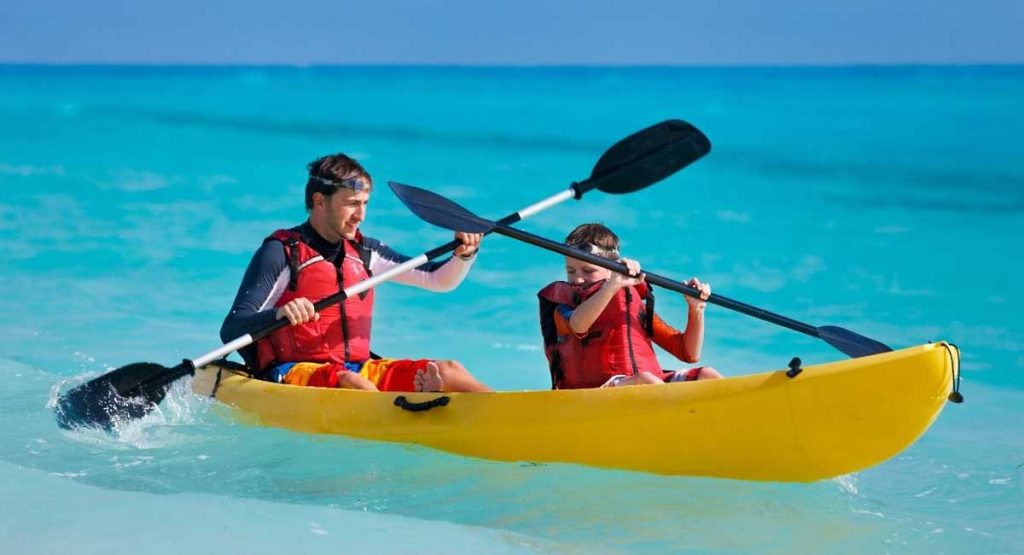
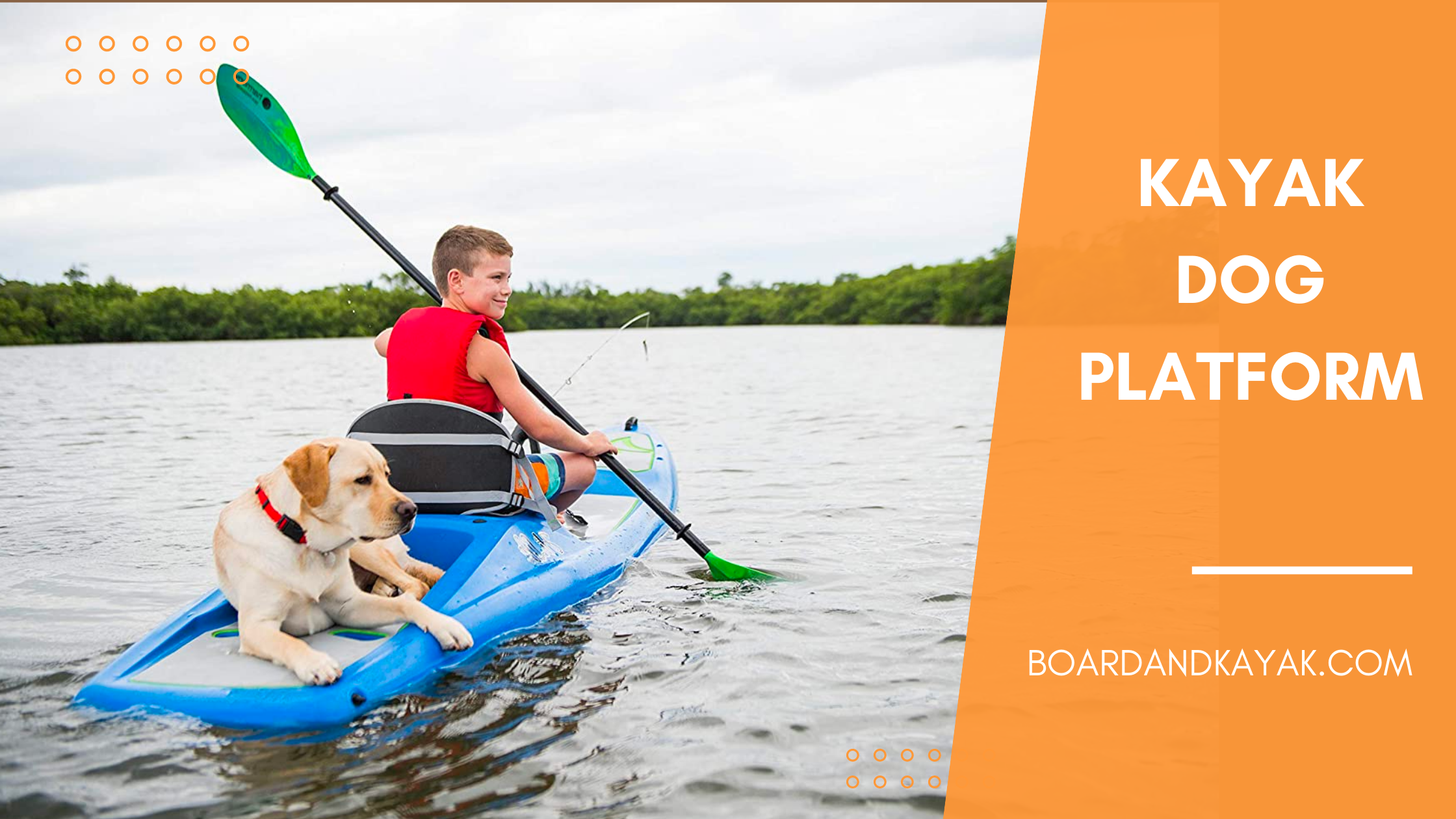
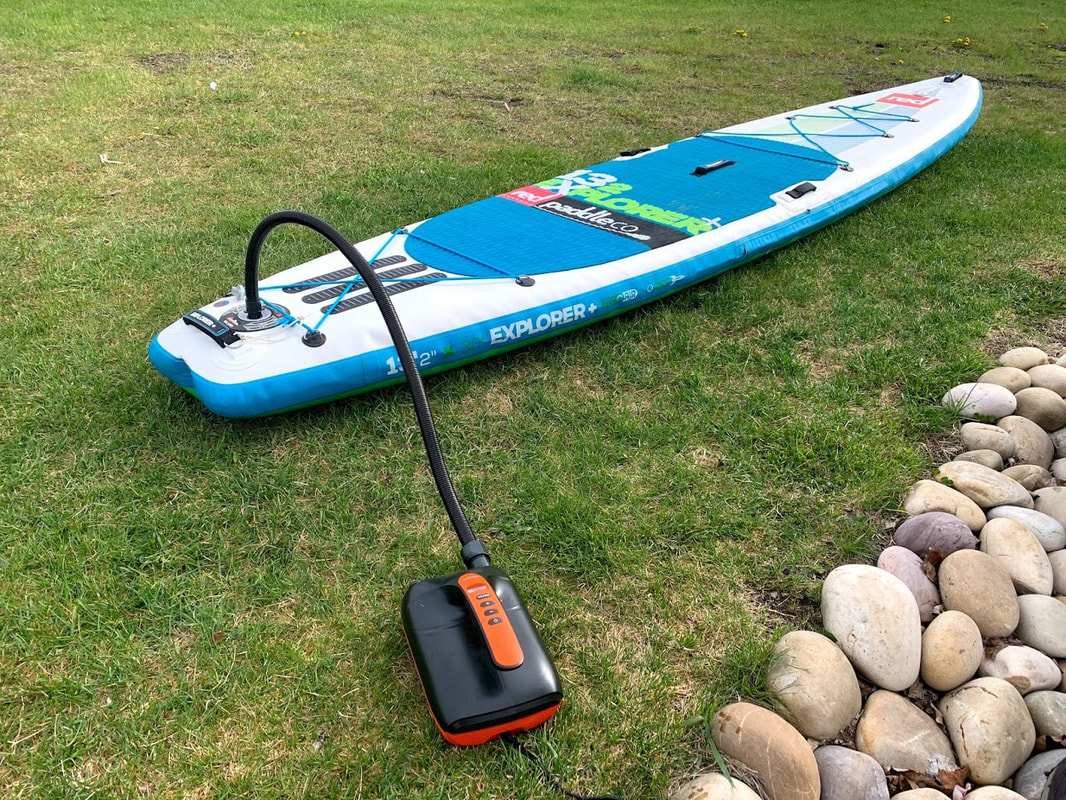
![Paddle to the Top: The Top SUP Brands of All Time [2024]](https://shared-bucket-websites.s3.amazonaws.com/BestInflatableSUPBrands-1656467170812)
